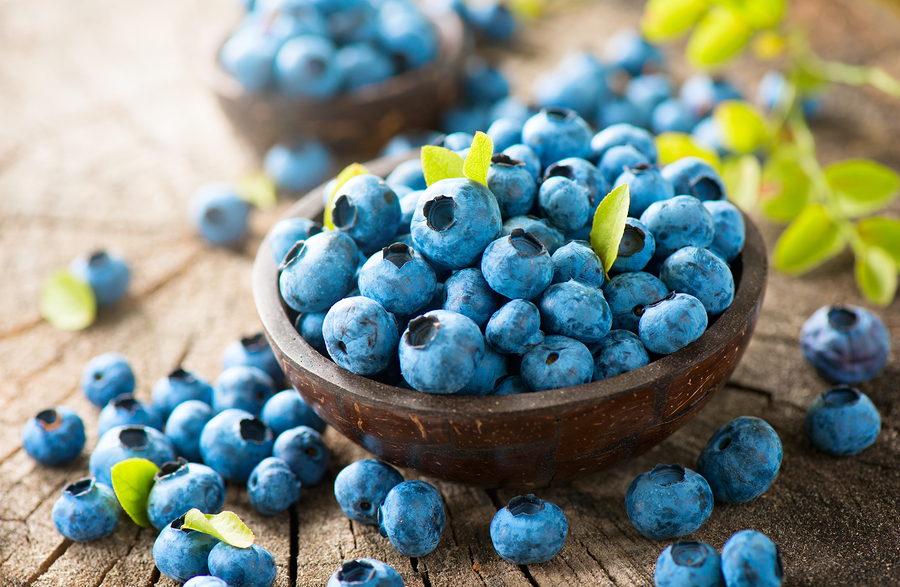- Make It Yourself Lavender Heart-Shaped Bath Bombs!
- 20 Things You Never Knew About “Down There”
- 12 Best Foods For Those Suffering From Arthritis Pain
- 12 Personal Hygiene Mistakes Almost Everyone Makes (Mom Never Told You About #4!)
- 15 Medicinal Plants And Herbs From The Cherokee People
- 12 Mind-Blowing Benefits Of Drinking Coconut Water During Pregnancy
- 12 Outstanding Winter Foods That Won’t Fatten You Up Like A Christmas Turkey
The 4 Food Groups That Will Save Your Eyesight! (You’ll Be Amazed By #4!)

Photo credit: bigstock.com
3. Berries
Berries are also a good choice. Blueberries, bilberries, black currants, strawberries, and blackberries all contain antioxidants beneficial for eye health. One type of antioxidant in particular are anthocyanins, which have been shown to protect against cataracts and macular degeneration.
Part of the fun of fruits and vegetables is that there are so many ways to use and combine them. If you’re tired of salads and fruit bowls, try making smoothies! There is room for endless experimentation with these eye-friendly ingredients.
4. Animal Proteins, Seeds, and Oils
As healthy as fruits and veggies are, you can’t live on them alone. Luckily, you can get nutrients beneficial to the eyes from other food groups as well.
Nuts and seeds like walnuts, almonds, and pistachios, plus chia seeds, pumpkin seeds, sunflower, and sesame seeds are beneficial in this regard. Each of these has varying amounts of a given nutrient, but taken as a whole, nuts and seeds are good sources of omega-3 fats and vitamin E, both of which are essential for maintaining healthy vision.
Certain types of oils, like avocado and extra virgin olive oil, are rich in antioxidants like lutein and zeaxanthin, which are imperative for good eyesight. Finally, fatty, cold water fish like salmon, trout, and tuna are a good choice for ensuring strong vision. The omega-3 fatty acids (of which most people do not get nearly enough) found in these fish protect against age-related macular degeneration. Salmon in particular is beneficial in that it contains an antioxidant called astaxanthin, which is even more powerful than vitamins A or C in protecting against damage from free radicals.
You probably already knew that most of these foods were good for you, but now you have another reason to add them to your plate. Clean up your diet, and you can be reasonably assured of strong, healthy vision well into old age.
References:
































